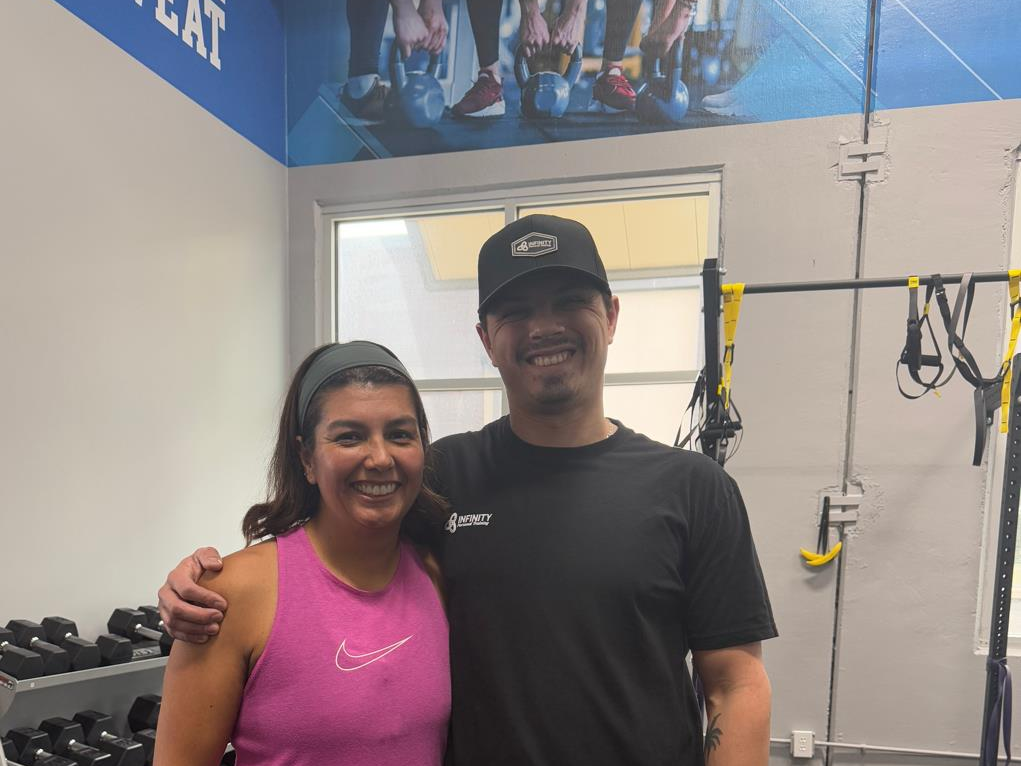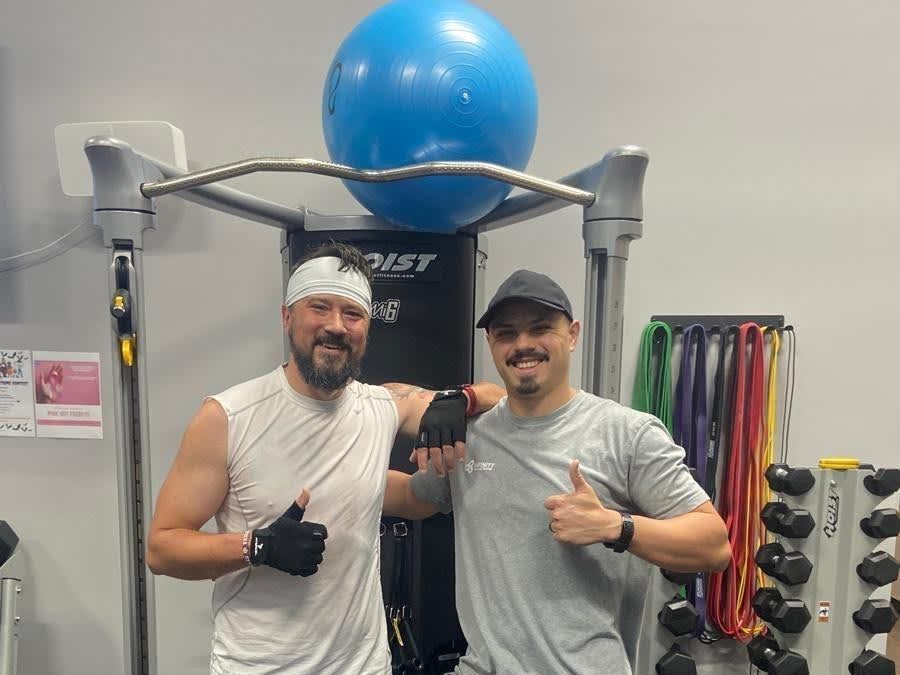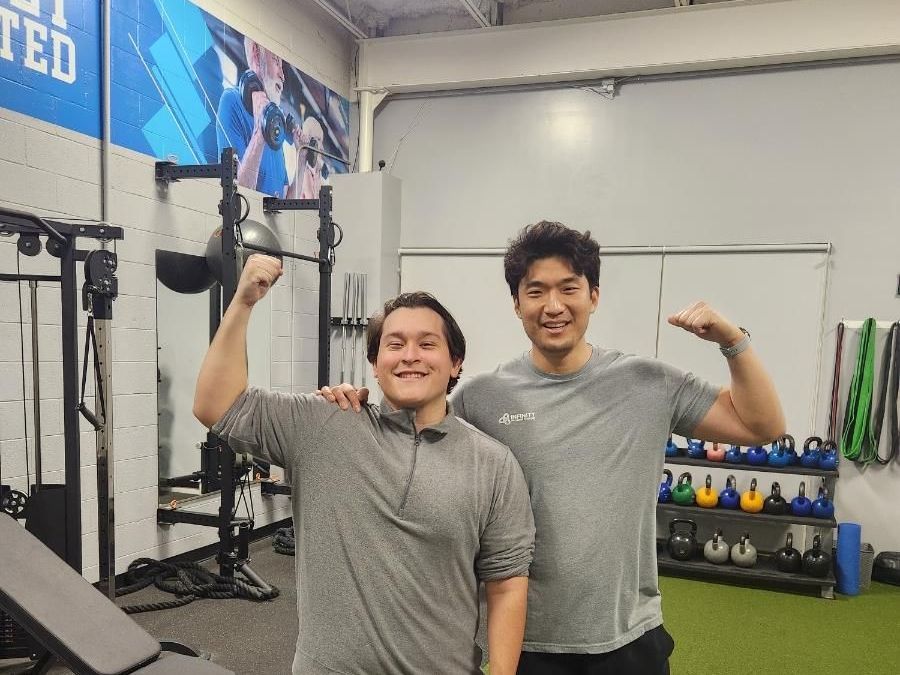June 7, 2018
The Science Behind Sweat
Personal trainers, health coaches, group exercise instructors, and physical
therapists all must be able to handle and address client concerns-such as a
client that doesn't like to sweat. Every client will be different in how much
they sweat and how much sweat they can tolerate. In order to provide
support and guidance to your client, it's important to have a basic
understanding of why we sweat. It's also important to have some sweat-
related tips readily available to help clients "beat the heat."
So Why Do We Sweat?
There are two types of sweat glands: eccrine and apocrine. The body has
thousands of eccrine glands, which effectively regulate the body's
temperature. As the body's temperature rises, the nervous system goes to
work to stimulate the eccrine glands to release sweat. Sweat is made up of
water, sodium and other substances that help cool the body down.
Apocrine glands are found mainly in the underarm and groin areas.
Although the body's temperature can stimulate these glands, they are also
triggered by stress, anxiety, or fluctuating hormones. The apocrine glands
produce bacteria that help break down the sweat, which causes body odor.
That's why we just put deodorant under the arms rather than all over the
body.
People have an average of two to four million sweat glands. But how much
sweat is released by each gland is determined by many factors, including
gender, genetics, environmental conditions, age or your fitness level. Two
of the major contributors to sweat rate are an individual's fitness level and
weight. If an individual weighs more, sweat rate is likely to increase because
the body must exert more energy to function and there is more body mass
to cool down.
On the other hand, a fit person will start sweating earlier and easier. It may
sound strange at first but as someone becomes fit, the body becomes more
efficient at regulating the body's temperature. When you start sweating
earlier the body cools down faster, which releases extra body heat and
allows you to work out harder for longer. Another theory suggests that
during exercise, the body needs to pump more blood to the working
muscles, which also stimulates the eccrine and apocrine glands.
Bottom line: If you are not working up a sweat, you are not working hard
enough is a myth!
Source: American College of Sports Medicine (ACSM)
Harris, Julieann. ACSM CPT, ACE GEI.
You might also like

Within 6 consistent months at IPT’s Semi Private Program, Diana is down 17.9 lbs and 8.8% body fat! The greatest thing about Diana is she always steps up to the challenge in front of her. From the beginning, she set a big goal and didn’t let anything hold her back from getting there. She quickly implements feedback to progress forward. Her consistency in and outside the gym has been incredible

Within 4 consistent months at IPT’s Semi Private Program, Ryne has lost 20.2 lbs of body fat, and dropped his body fat percentage by 7%! Ryne is super consistent, is always pushing himself in the gym and does the work to get the results he strives for. He also shows up consistently with a positive attitude. Every 5:15 am class he is welcoming everyone in, talking to the new clients and hyping up those around him.



